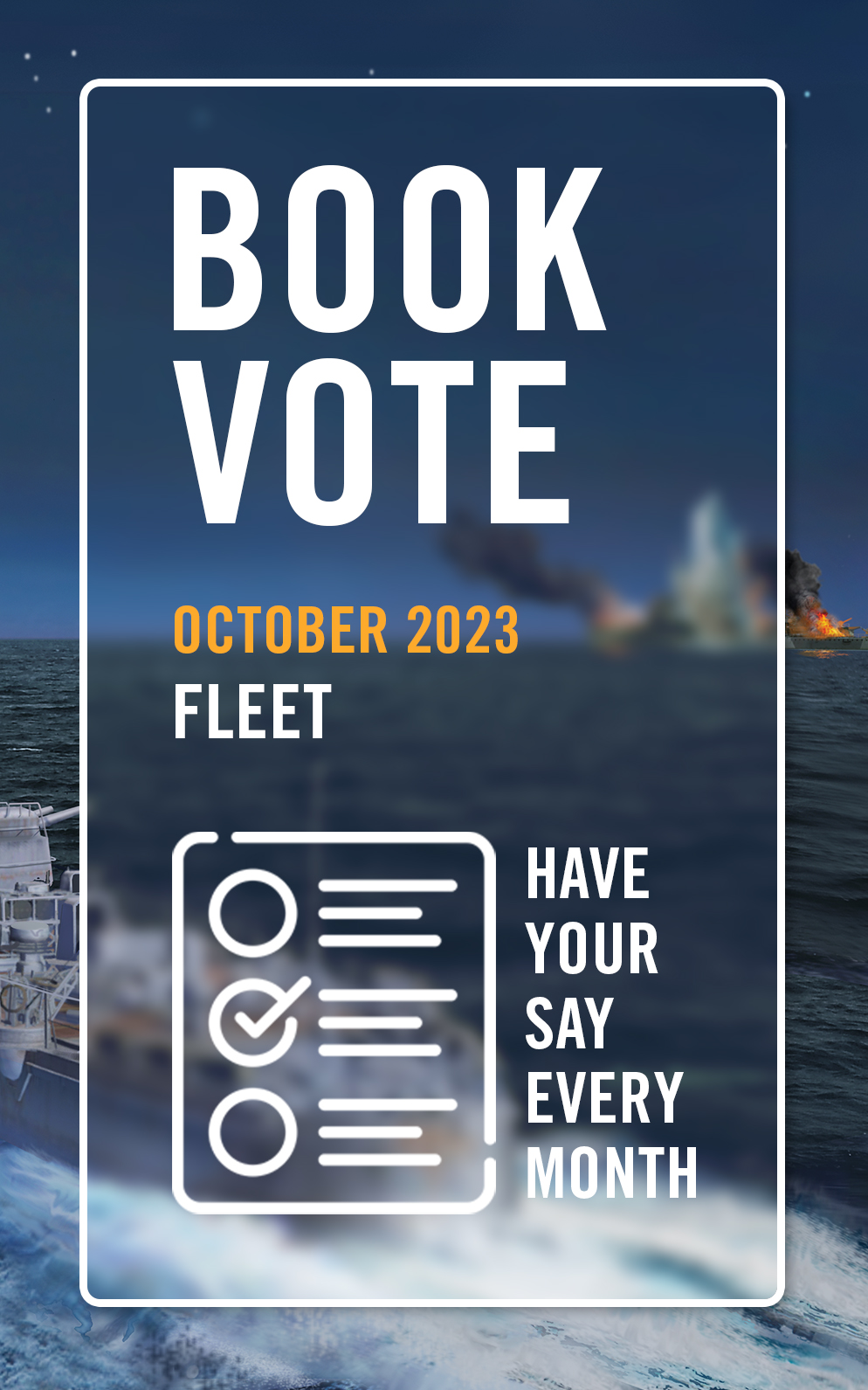
This month's book vote sees five Fleet titles battling for your support. Read the full descriptions and have your say by filling out the form on the Book Vote Page. Plus, check out the results of last month's Campaign Vote.
Royal Navy Mediterranean Fleet 1803–15
US Navy Fifth Fleet 1995–2023
German Coastal Forces, English Channel 1943–45
US Navy Asiatic Squadron 1868–1902
Soviet Black Sea Fleet 1941–44
Royal Navy Mediterranean Fleet 1803–15
When the Napoleonic Wars resumed in 1803, Nelson was sent to command the Mediterranean Fleet, Britain’s most active and important fleet. With the bulk of the fleet stationed in the western Mediterranean, it was responsible for blockading Villeneuve’s great French fleet in Toulon. The Trafalgar campaign would end with the most famous victory in British naval history, but the fleet would be at the forefront of a long and complex war for another ten years, conducting a commerce war against the French while defending and expanding Britain’s alliances across the Mediterranean.
US Navy Fifth Fleet 1995–2023
Following the Gulf War, the US Navy reactivated Fifth Fleet, which had been inactive since World War II, to take responsibility for naval operations in the Middle East, including the Arabian Gulf, Red Sea, Gulf of Oman, and parts of the Indian Ocean. In the decades since its establishment, Fifth Fleet has been the most active fleet in the US Navy, with major operations including the Iraq War of 2003 and air support in Afghanistan, as well as the routine operations of a US fleet in complex, potentially hostile waters: supporting and training with allies, deterring hostile forces, and maritime policing actions.
German Coastal Forces, English Channel 1943–45
By the last years of the war, the Kriegsmarine’s small surface units – destroyers, torpedo boats, and S-boats were at the forefront of Germany’s naval war. This book would examine their operations in the Channel as they tackled Allied convoys, fought the Royal Navy’s destroyers, MGBs and torpedo boats, and how they attempted to hinder the Normandy landings.
US Navy Asiatic Squadron 1868–1902
Following the end of the Civil War, the United States established a squadron of warships to represent America’s interests in East Asia, as China and Japan were opened up to trade with the west. As well as routine operations such as the Yangtze Patrol, the Asiatic Squadron was involved in a host of expeditions and conflicts over the coming decades, from the Korean Expedition of 1871 to the Spanish-American War in the Philippines and the Boxer Rebellion.
Soviet Black Sea Fleet 1941–44
A largely forgotten theatre of World War II, the Black Sea was the southern flank of the Eastern Front. When Barbarossa began, the Soviet Black Sea Fleet faced the Romanian and Bulgarian navies, soon joined by German and Italian craft shipped in by rail or canal, as well as the major threat of Axis airpower. It was particularly notable for submarine, destroyer, and fast attack craft warfare, but also saw the Black Sea Fleet supply and provide fire support to the defenders of besieged Sevastapol, and conduct the major amphibious landing at Kerch and Feodosia in Crimea.
Last month, we asked what you would like to see published in our Campaign series. Thank you to everyone who voted and provided feedback. The results gave us a clear winner. Check out the full results below!
Siege of Rhodes 1480: The Knights Hospitallers Hold off the Ottomans (29.2%)
Pontiac’s War 1763–66: Uprising in the Great Lakes (18.6%)
Battle of Passchendaele 1917: Third Ypres (29.9%)
Second Battle of Sirte 1942: Clash in the Mediterranean (10.1%)
First Arakan 1942–43: The Allies Strike Back in Burma (12.2%)


Comments
You must be logged in to comment on this post. Click here to log in.
Submit your comment